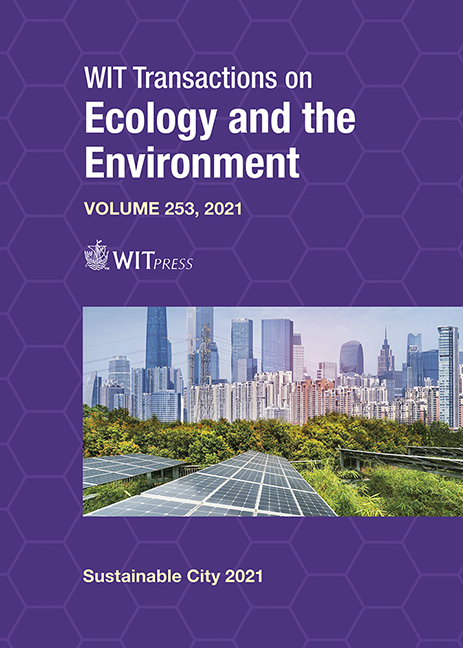GROWING UP: AN URBAN DESIGN APPROACH BASED ON INCREASED DENSITY
Price
Free (open access)
Transaction
Volume
253
Pages
9
Page Range
27 - 35
Published
2021
Size
960 kb
Paper DOI
10.2495/SC210031
Copyright
Author(s)
OLIVIER CHAMEL, BERND DAHLGRUEN
Abstract
Throughout history cities have been the physical manifestation of human progress and a place of unique opportunities in terms of welfare, social mobility and economic prosperity. Under the pressure of continued global growth, cities have become complex multi-layered organisms and are facing an increasing number of challenges such as environmental quality, social balance, waste disposal, transportation systems, housing accessibility and urban space quality to name a few. In the context of economic and demographic pressure, one can wonder if large and dense urban centers can continue to grow while meeting complex functional needs and remaining attractive places to live. This paper proposes to discuss a strategy of urban development based on increasing the density of historical city centers by means of adding floors to existing buildings. In essence this concept is in keeping with the notion of urban growth as an incremental process where new building units and infrastructures are added and intertwined with existing ones. It also recognizes the value of old urban profiles. This urban design process has been developed and experimented in Hamburg, Germany for a number of years and presents an original and promising approach to urban growth. It has been relying on the use of lightweight construction, mainly wood based systems, due in part to their relative lightweight, ease of assembly and insulation value. This approach encompasses many fields of study as it deals with zoning laws, construction codes, structures, building systems, social identity and architectural expression. It constitutes an attempt to minimize gentrification, urban sprawl and create quality housing at attractive prices in desirable neighborhoods. A goal of this paper is to assess the impact of this urban design approach and to identify possible applications in other urban contexts.
Keywords
urban design, increased density, rooftop additions, sustainable urban growth, resilient cities





